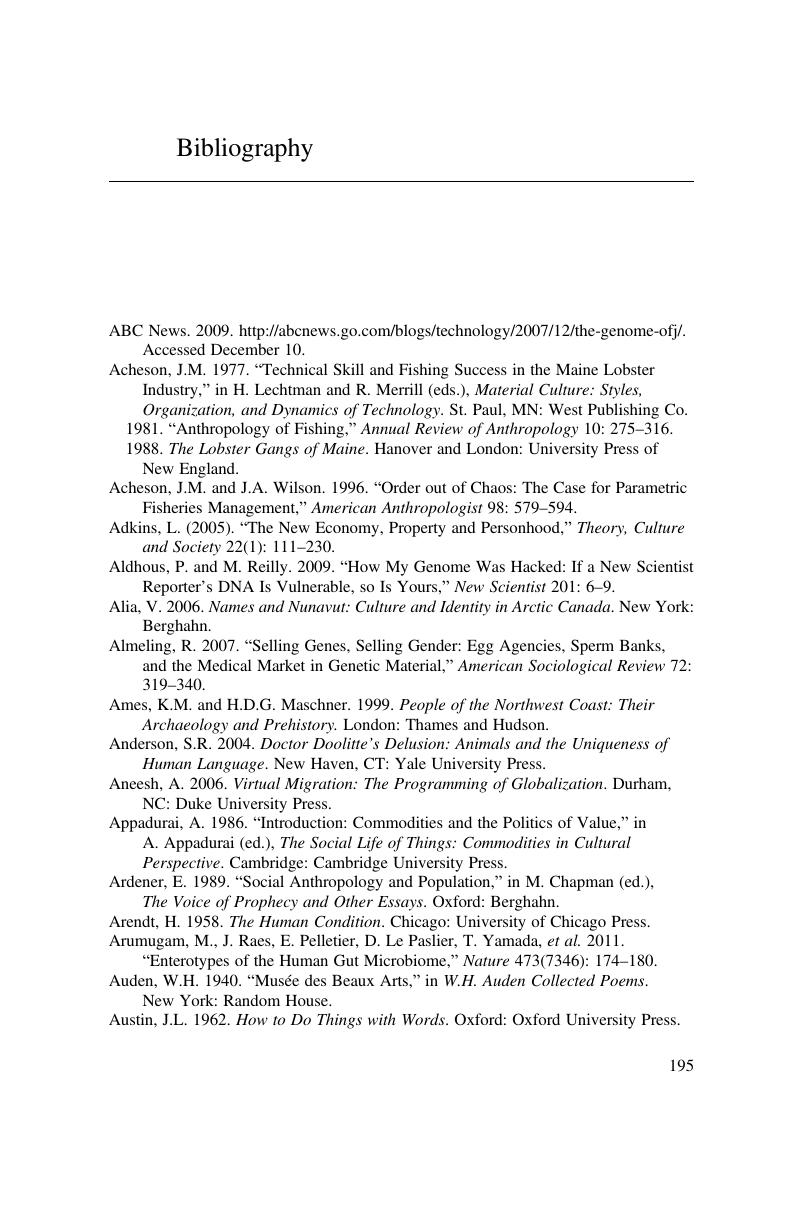Bibliography
Published online by Cambridge University Press: 05 October 2015
Summary

- Type
- Chapter
- Information
- Nature, Culture, and SocietyAnthropological Perspectives on Life, pp. 195 - 214Publisher: Cambridge University PressPrint publication year: 2015



